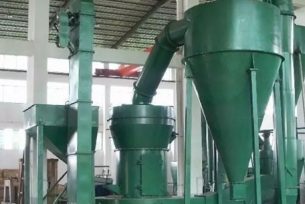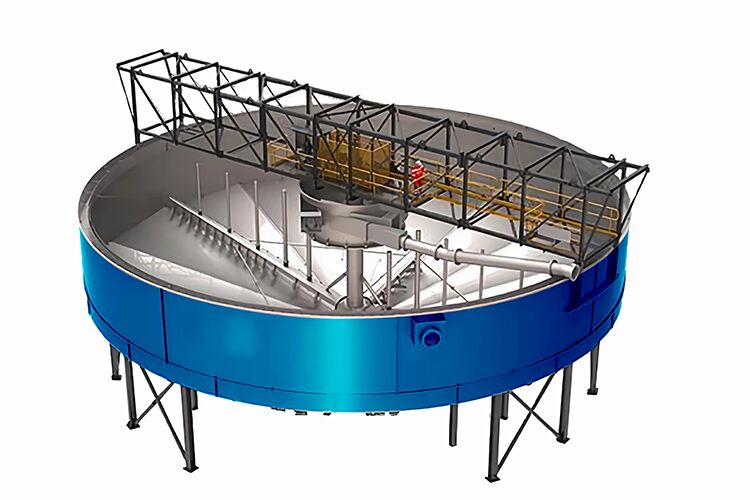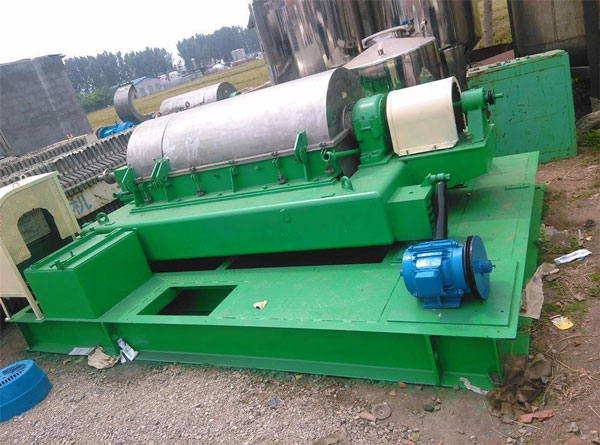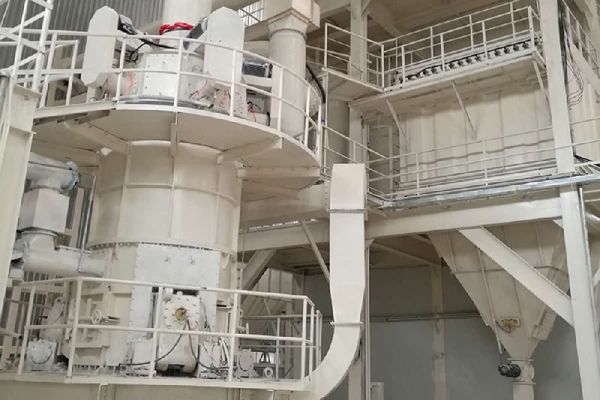Particle size range that can be separated by spiral classifier
 January.02,2025
January.02,2025
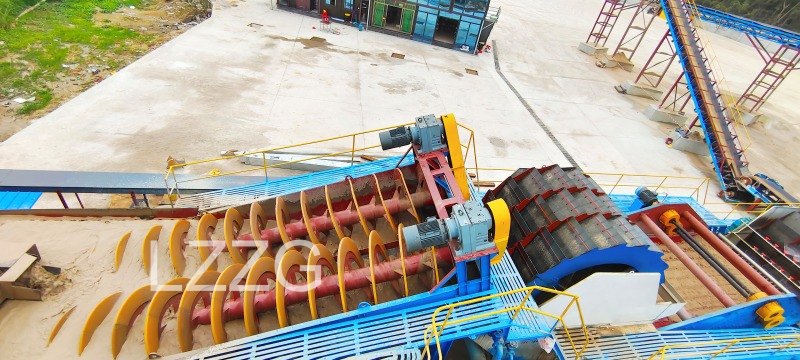
Slurry concentration is the most important regulating factor in the operation of the classifier. It is usually used to control the fineness of the overflow in production. Generally speaking, when the slurry concentration is low, the overflow particle size is fine, and when the concentration increases, the overflow particle size becomes coarser. However, when the slurry concentration is very low, the overflow particle size may also become coarser. This is because the concentration is too low. In order to maintain a certain production capacity calculated by solid mass, the slurry volume must be large, so that the slurry flow rate in the classifier increases accordingly, thereby flushing the coarser ore particles into the overflow. Therefore, in actual production, for the classifier that processes a specified ore, there is an optimal slurry classification concentration, which must be determined through experiments and reference to the indicators of classification operations in similar ore dressing plants.
Spiral classifiers are divided into two types in structure: high weir spiral classifiers and submerged spiral classifiers. High weir spiral classifier is suitable for coarse particle classification, and the maximum overflow particle size is generally 0.4-0.15mm; submerged spiral classifier is suitable for fine particle classification, and the maximum overflow particle size is generally below 0.15mm. The main task of spiral classifier selection is to determine the diameter and length of the spiral.


